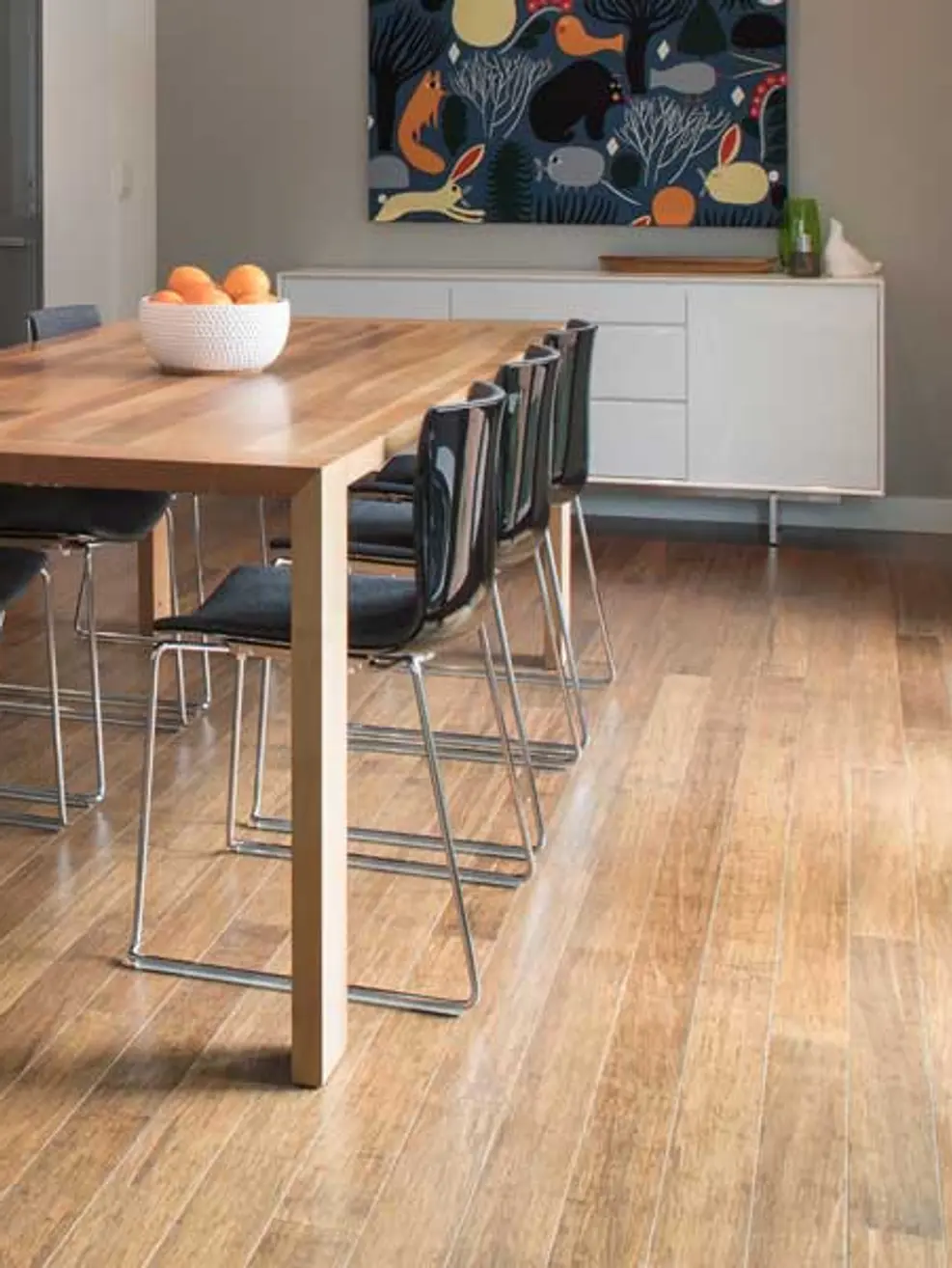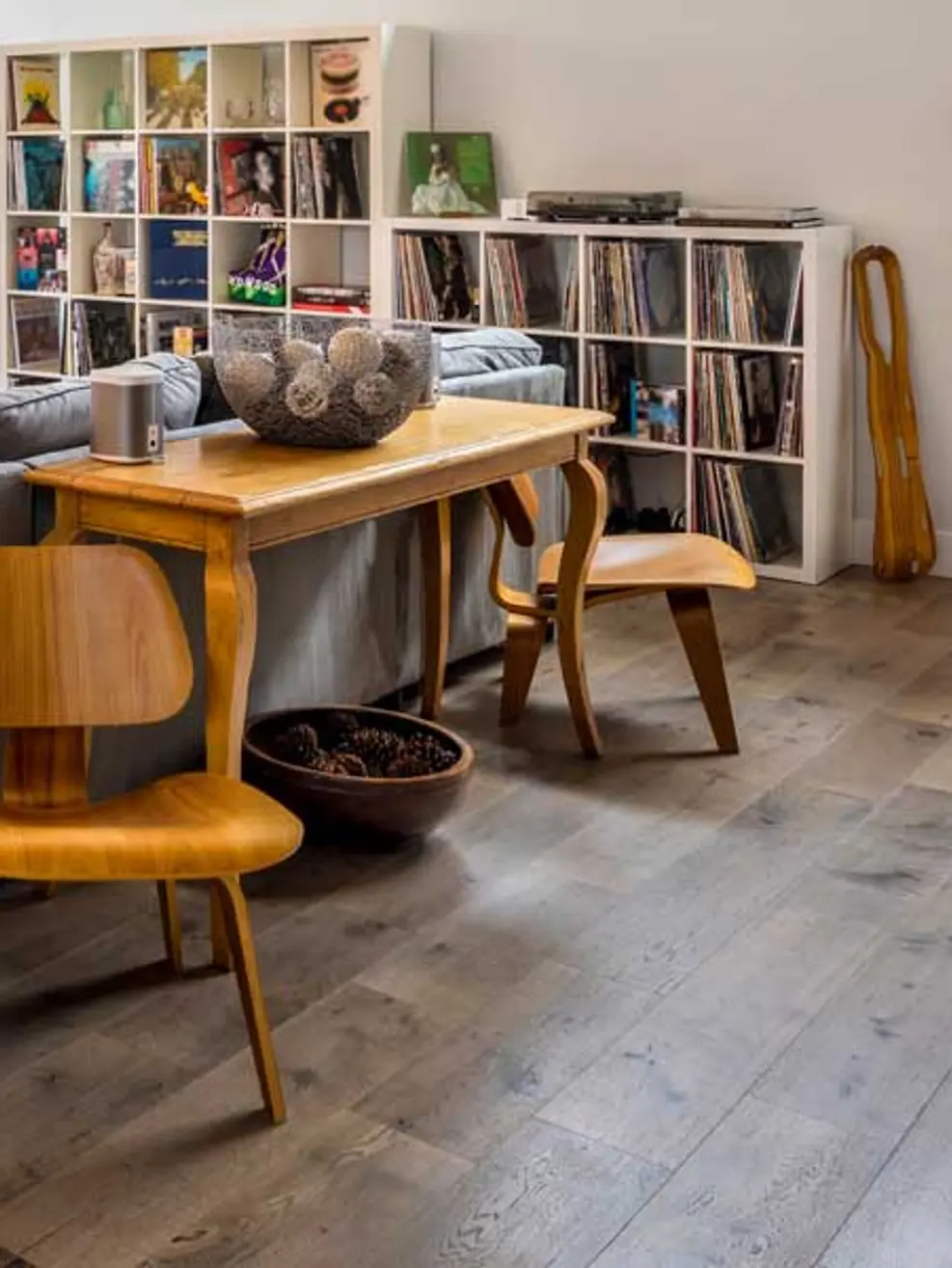When it comes to selecting wood flooring for your home, one of the key decisions you'll face is whether to choose prefinished or unfinished wood. Each option offers distinct advantages and disadvantages, ranging from convenience and ease of installation to customization and flexibility. In this blog, we'll explore the benefits of prefinished versus unfinished wood flooring, helping you make an informed decision that suits your needs, preferences, and budget.
- Prefinished Wood Flooring:
Pros:
- Convenience: Prefinished wood flooring comes with a factory-applied finish, eliminating the need for sanding, staining, and sealing on-site.
- Durability: Prefinished floors typically undergo a multi-layered finish process, resulting in a more durable and scratch-resistant surface compared to site-finished floors.
- Time-Saving: Prefinished wood flooring can be installed more quickly since there's no need to wait for finishes to dry, reducing installation time and labor costs.
- Uniformity: Prefinished flooring offers consistent color, sheen, and finish quality across each plank, ensuring a uniform appearance throughout the room.
Cons:
- Limited Customization: Prefinished wood flooring offers fewer customization options in terms of stain color, sheen level, and surface texture compared to unfinished flooring.
- Difficulty in Repair: Scratches, dents, or damage to prefinished floors may be more challenging to repair seamlessly since the finish is factory-applied and cannot be matched exactly on-site.
- Unfinished Wood Flooring:
Pros:
- Customization: Unfinished wood flooring allows for greater customization, as it can be sanded, stained, and finished on-site to achieve the desired color, sheen, and texture.
- Seamless Repairs: Since the finish is applied on-site, any scratches, dents, or damage to unfinished floors can be easily repaired and seamlessly blended into the surrounding area.
- Flexibility: Unfinished wood flooring offers greater flexibility in terms of design options, allowing for unique finishes, distressing techniques, and custom staining to match existing décor.
Cons:
- Extended Installation Time: Unfinished wood flooring requires additional time for sanding, staining, and finishing on-site, which can prolong the installation process and disrupt living spaces.
- Potential Odors and Fumes: The application of stains and finishes in unfinished wood flooring can produce odors and fumes during the installation process, requiring proper ventilation and temporary relocation.
- Higher Upfront Cost: While unfinished wood flooring may offer greater customization options, it often comes with a higher upfront cost due to the additional labor and materials required for on-site finishing.
Choosing between prefinished and unfinished wood flooring ultimately depends on your priorities, preferences, and project requirements. Prefinished flooring offers convenience, durability, and uniformity, making it a popular choice for homeowners seeking a hassle-free installation process. On the other hand, unfinished flooring provides greater customization, flexibility, and seamless repairs, ideal for those looking to achieve a unique look or match existing décor. By weighing the pros and cons of each option, you can select the wood flooring solution that best suits your needs and enhances the beauty of your home.




